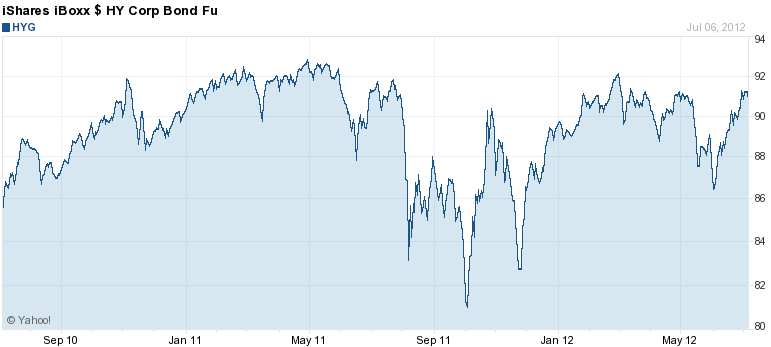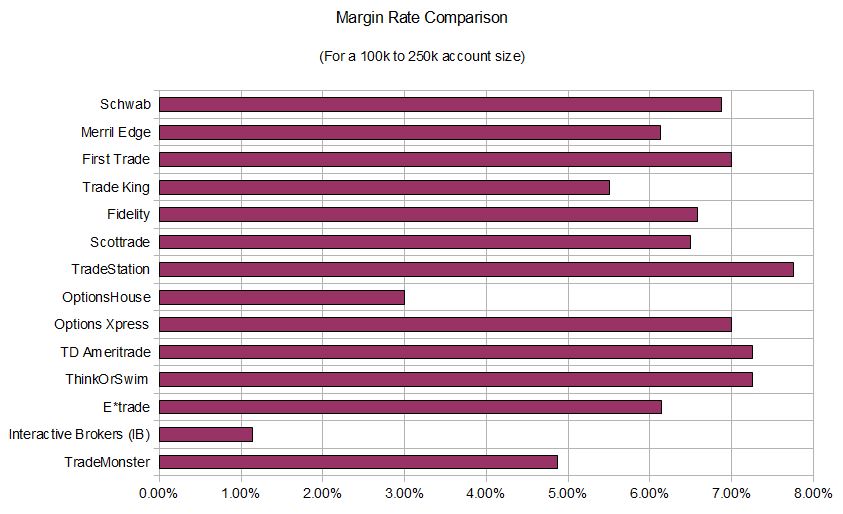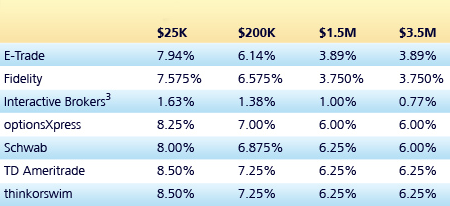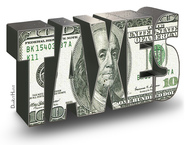
An attractive approach to constructing a yield focused portfolio is through the judicious use of a high yield corporate bond ETF. A good example of this is iShares iBoxx HY Corp Bond ETF (ticker: HYG) which currently yields around 7%. This ETF tracks the performance of a diversified basket of US corporate non-investment grade bonds. Without further ado, let's walk through an example.
| By using leverage, we've converted a 7% yielding portfolio to a portfolio yielding 17.6%. That's 1.47% per month flowing directly into our brokerage account. |
- Interest Rates - when interest rates go up the fund will lose value. According to my calculations the fund's effective duration to medium term rates is around 7. This means that if the medium term gov interest rates move up around 50 bps (i.e. half a percent), the HYG ETF will go down roughly 3.5%. On our leveraged portfolio, this would be a 10.5% loss.
- Credit Spreads - as corporate credit spreads increase, the HYG ETF will lose value. Of course, the converse is also true. This is essentially a bet that the economy will continue to improve (or at least not deteriorate).
So, the bottom line here is this strategy is only for you if you believe the Fed is committed to continuing its policy of low interest rates and provided you don't expect to see any problems in credit markets. We'll leave it to the reader to decide if this is a prudent strategy. Regardless, this portfolio will pay you handsomely while you wait.
In the next article, we will examine the risk of this portfolio in more detail.








 RSS Feed
RSS Feed
